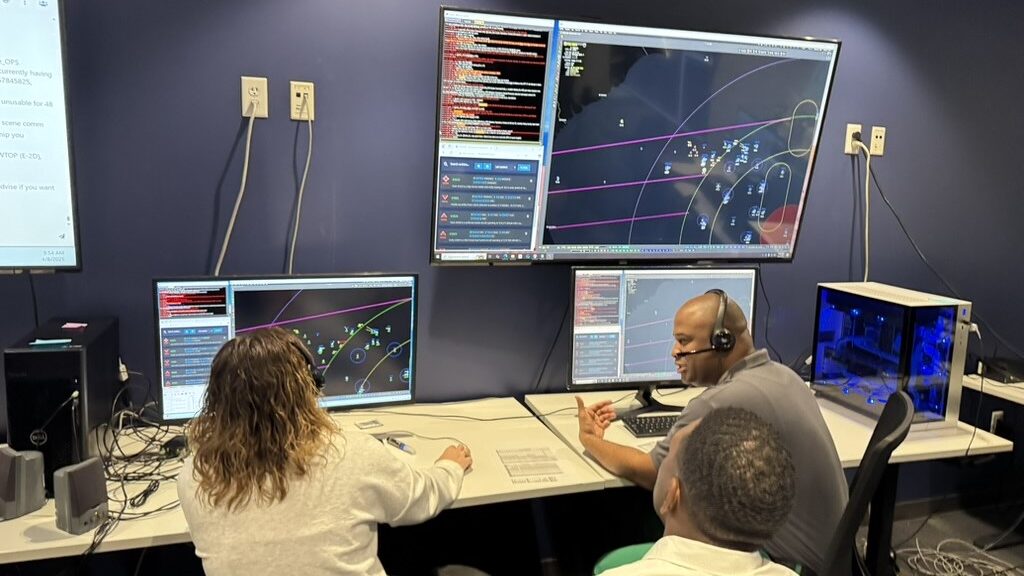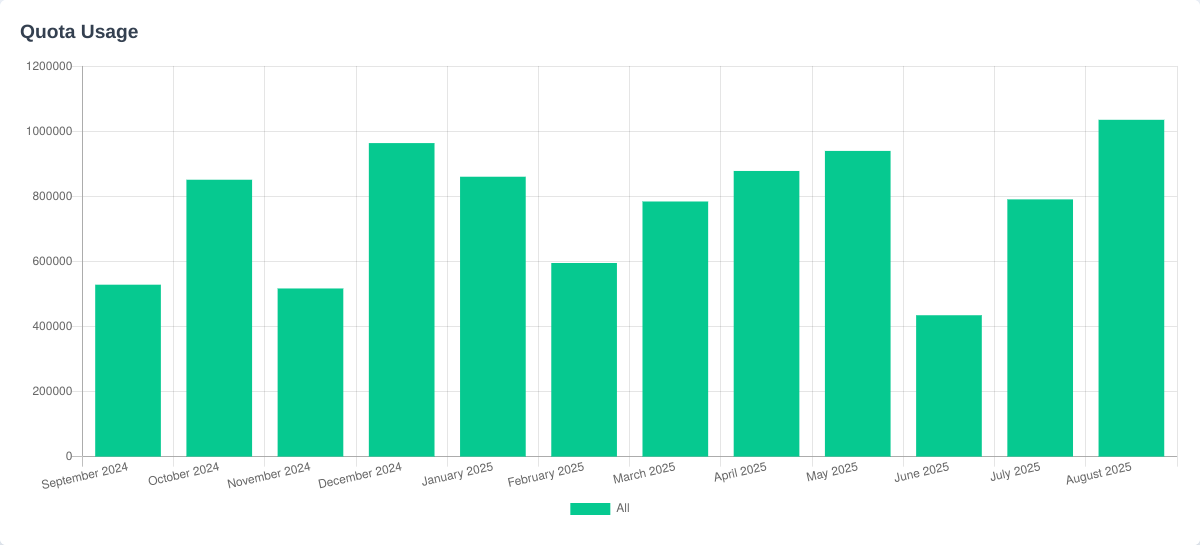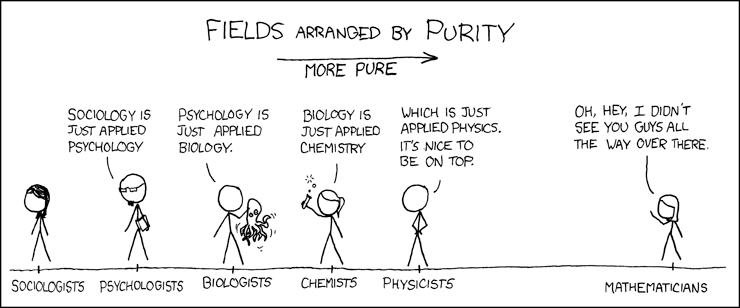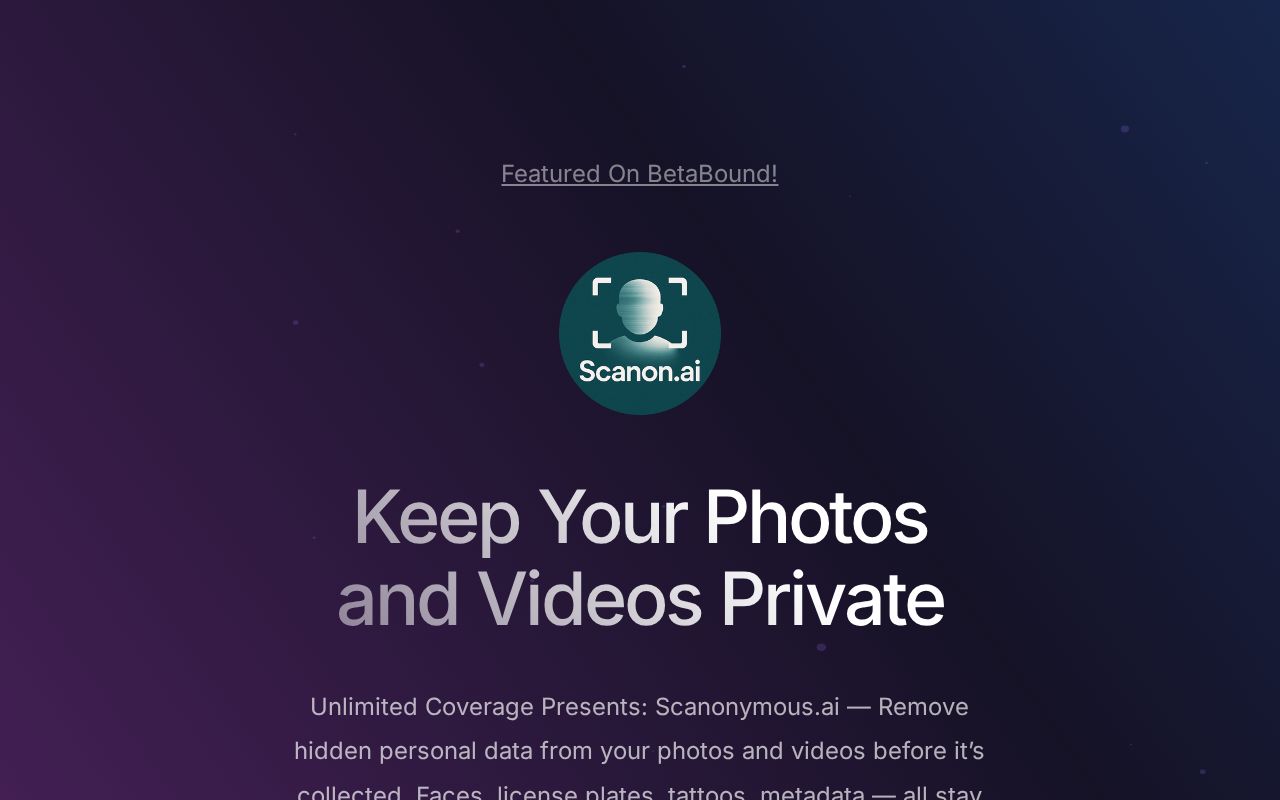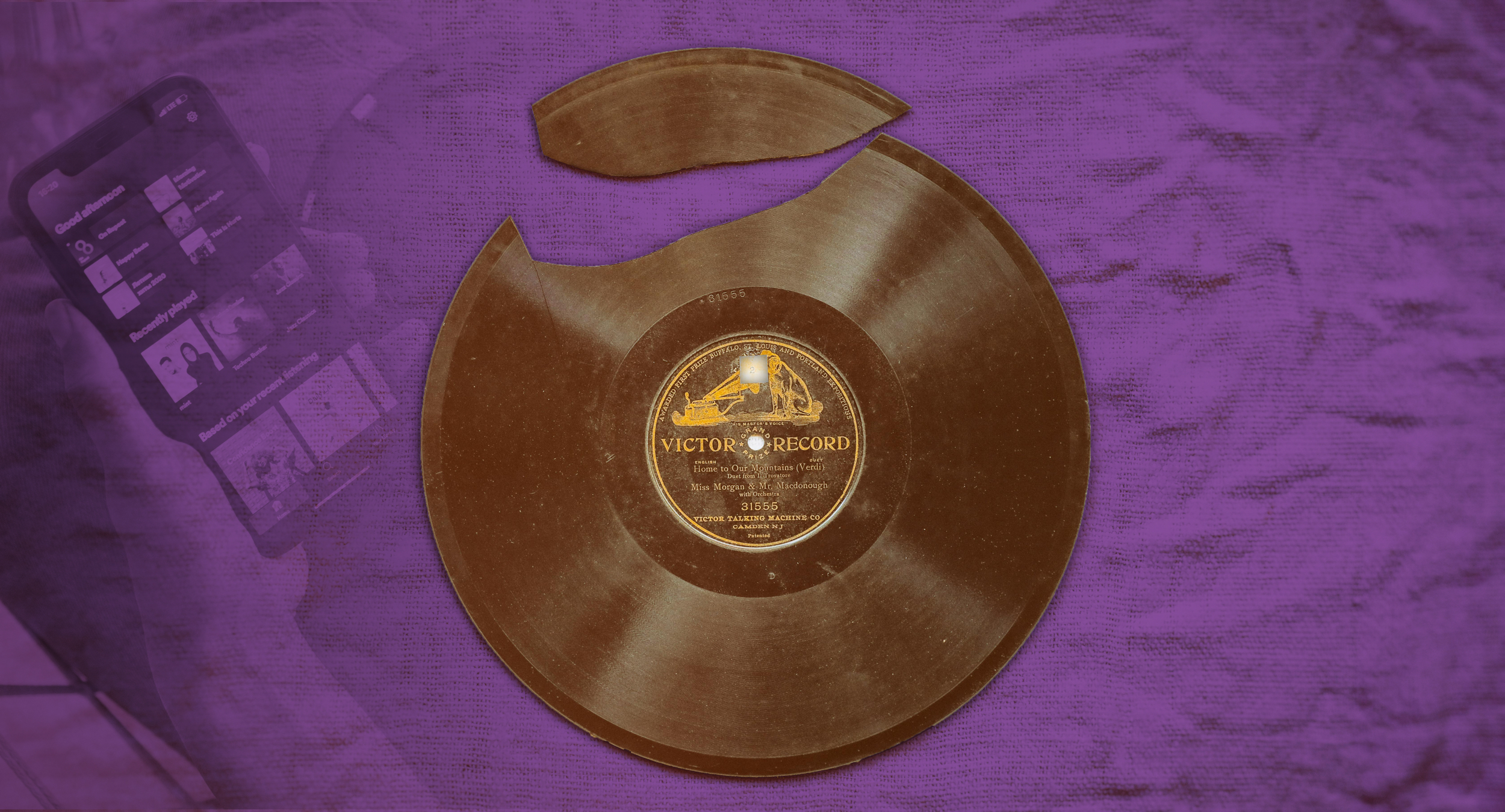
Algorithm & Blues: How Streaming Discourages Active Listening
Spend enough time with creative types, and you’re bound to hear the phrase “style is defined by limitations.” It’s a maxim that’s generally used to help someone feel better about the way their particular style is defined by their particular limitations, and it’s often helpful enough in that respect. But limitations define much more than a person’s creative expression; in fact, I tend to think they have as much to do with how we consume art — and the degree to which we truly absorb it — as they do with how it’s made.
For many decades, music was consumed largely through the purchase of physical product. Sure, we had the radio, and eventually MTV, and both of those were effective delivery mechanisms for the mainstream releases that were deemed sufficiently marketable to enter some level of medium-to-heavy rotation. But if you really loved music, that wasn’t enough — you were always waiting to hear the next thing that lit you up and sent you off to a local record emporium in the hopes that whatever you were jonesing for was actually on the shelves.
But this hunger for new sounds was defined by limitations. You needed money, first of all, so whatever ended up in your collection was always at least partly defined by your budget. Time and transportation were other factors: Fans who happened to live in rural areas starved for record stores found far slimmer pickings than those who were lucky enough to be in areas with multiple shops to choose from. Access to the right gatekeepers was a big deal, too — without a great local radio station, vibrant alt-weekly, or trusted friend or relative to point you in the right direction, your journey of discovery was essentially over before it had even begun.
